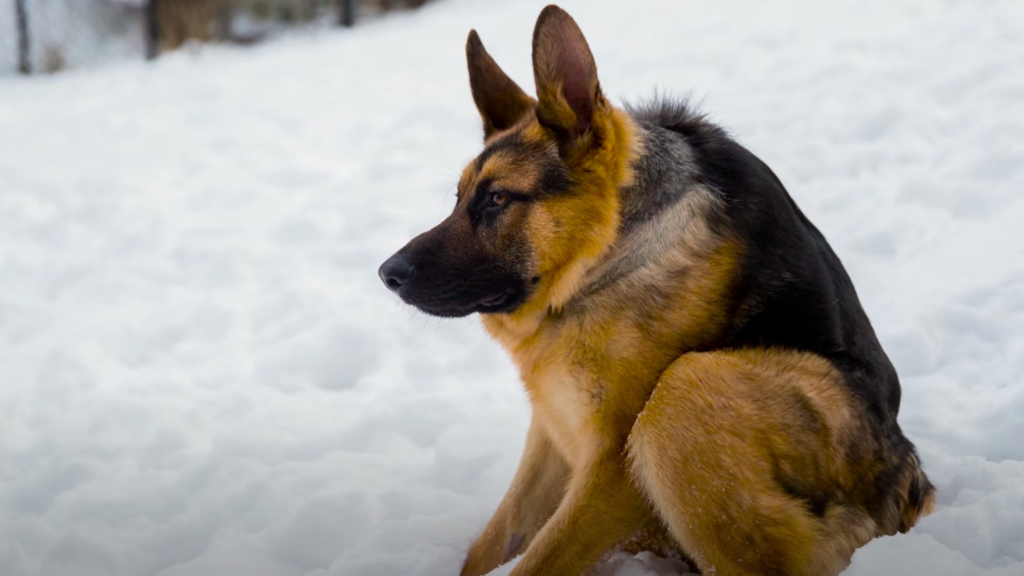
Short Spine Syndrome is a rare congenital condition that affects dogs, resulting in a shortened or compressed spine. Dogs with this syndrome have a distinct appearance due to their shorter bodies and unique physical characteristics. In this article, we will explore Short Spine Syndrome in dogs, its causes, common breeds affected, and the special care these dogs may require.
- What is Short Spine Syndrome? Short Spine Syndrome, also known as Canine Congenital Thoracic Vertebral Malformation, is a genetic condition that affects the development of a dog’s spine. It results in a compressed or shortened spine, which leads to a distinct appearance and altered mobility.
- Causes and Genetics: The exact cause of Short Spine Syndrome is still not fully understood. However, research suggests that it is an inherited condition caused by a genetic mutation. The mode of inheritance and specific genes involved may vary among different dog breeds.
- Breeds Affected: While Short Spine Syndrome is relatively rare, it has been documented in several dog breeds. Some breeds known to be affected by this condition include:
- Basset Hound: Known for their short legs and elongated bodies, Basset Hounds with Short Spine Syndrome have a more compressed spine, resulting in a distinct appearance.
- Dachshund: This breed already has a long body and short legs, but Dachshunds with Short Spine Syndrome may exhibit a more compact and compressed spine.
- Welsh Corgi: Corgis are typically known for their short legs and long bodies. In dogs with Short Spine Syndrome, their bodies appear even shorter and more compressed.
- Jack Russell Terrier: Dogs of this breed affected by Short Spine Syndrome display a unique appearance characterized by a shortened spine and altered body proportions.
- Physical and Health Considerations: Dogs with Short Spine Syndrome may have unique physical characteristics and potential health considerations:
- Altered Mobility: The compressed spine can impact the dog’s range of motion and overall mobility. Some dogs may experience difficulty with certain activities like jumping or climbing stairs.
- Breathing Difficulties: In severe cases, the shortened spine may affect the space available for the lungs and other internal organs, potentially leading to respiratory issues.
- Additional Health Concerns: While not directly linked to the condition, it’s important to note that some breeds affected by Short Spine Syndrome may have an increased risk of certain health issues, such as intervertebral disc disease or joint problems.
- Special Care and Considerations: Owners of dogs with Short Spine Syndrome should provide special care and attention to meet their unique needs:
- Regular Veterinary Check-ups: Regular veterinary check-ups are important to monitor the dog’s overall health and address any potential issues early on.
- Appropriate Exercise and Activity: Owners should consult with their veterinarian to determine the most suitable exercise routine for their dog, considering their individual needs and mobility limitations.
- Comfortable Living Environment: Providing a comfortable living environment is crucial, with easy access to food, water, and resting areas that accommodate the dog’s unique body structure.
- Socialization and Mental Stimulation: Dogs with Short Spine Syndrome can still lead fulfilling lives. Engaging in positive socialization experiences and providing mental stimulation through interactive toys and training can contribute to their overall well-being.
- Spreading Awareness and Promoting Acceptance: Short Spine Syndrome in dogs is a unique condition that showcases the diversity and beauty of different breeds. By spreading awareness and promoting acceptance, we can help educate others about this condition and foster a more inclusive attitude towards dogs with special needs.
Short Spine Syndrome is a rare congenital condition that affects dogs, resulting in a compressed or shortened spine. While it can lead to a distinct appearance and potential health considerations, dogs with Short Spine Syndrome can still lead happy and fulfilling lives with proper care and attention. It is essential for owners to provide the necessary support, including regular veterinary check-ups, appropriate exercise, and a comfortable living environment. By promoting awareness and acceptance, we can celebrate the uniqueness of dogs with Short Spine Syndrome and appreciate the diversity within the canine world.